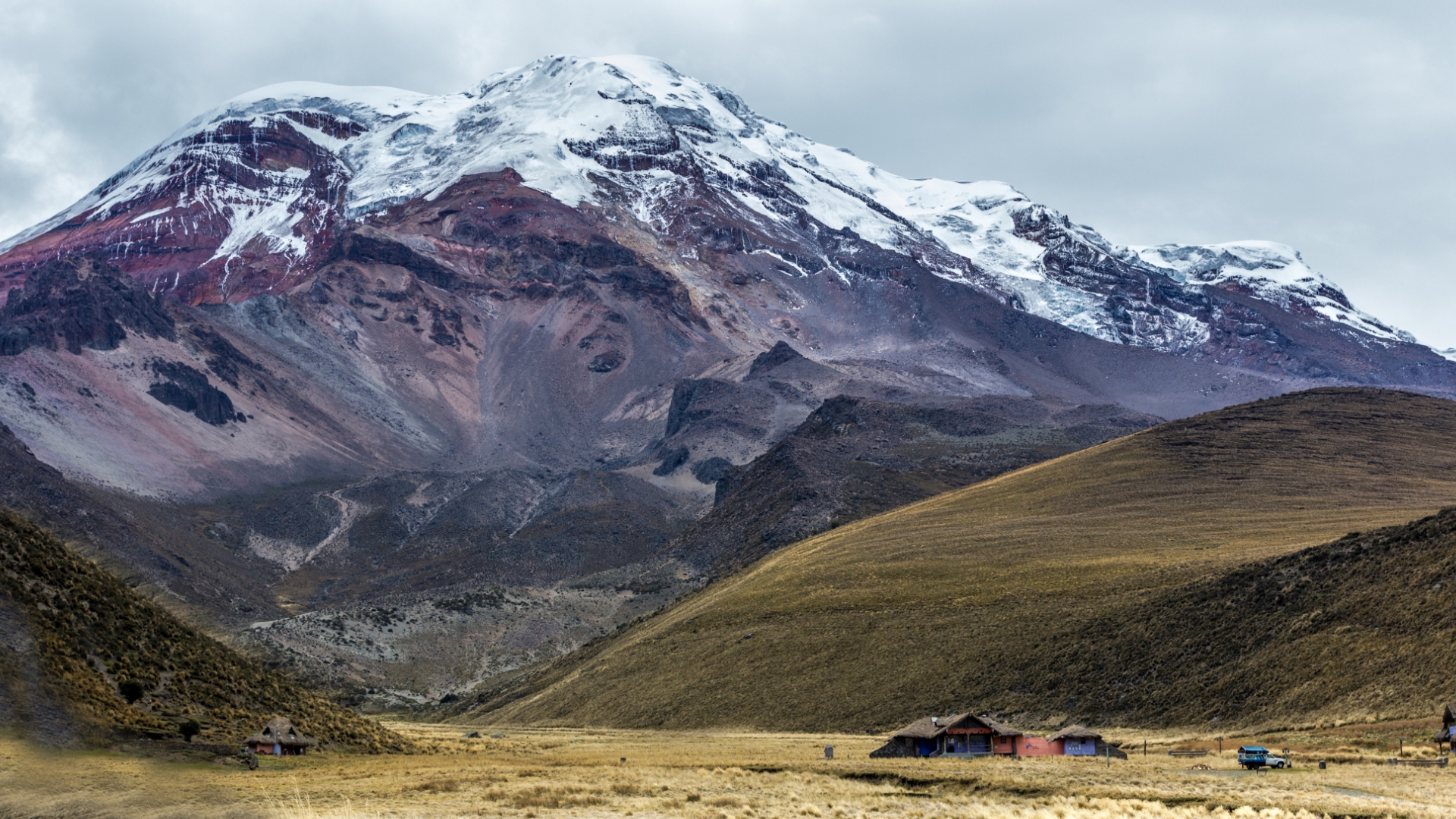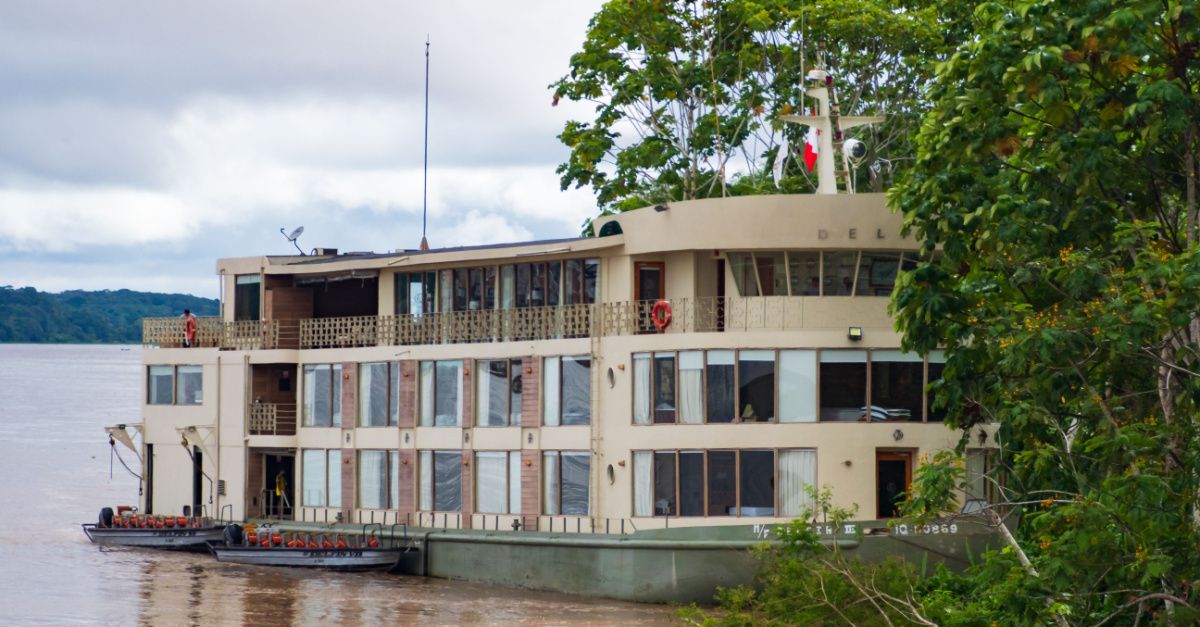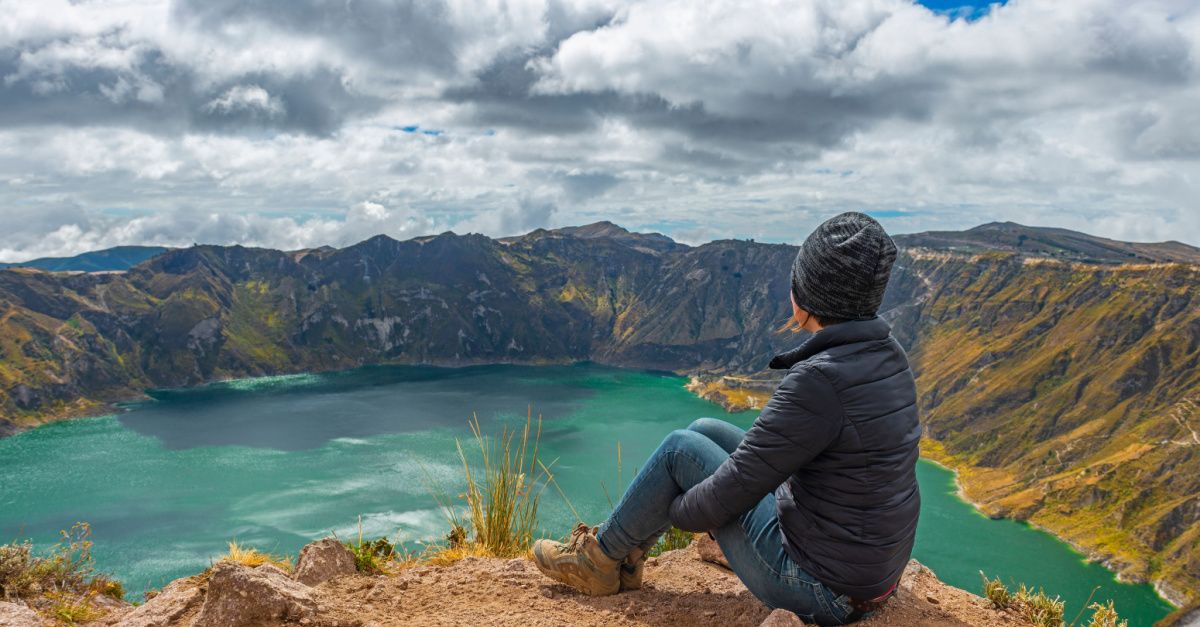The Andes is a mountain range located in South America. With over 5,500 miles, it is the largest continental mountain system in the world and it crosses Venezuela, Colombia, Ecuador, Peru, Bolivia, Chile, and Argentina. The history behind this landmark is as great as its highest peaks.
The Andes formed over 50 million years ago when the Nazca plate collided with the Continental plate. As a result of this movement, the mountain range began to develop its current form with elevations across the continent. This phenomenon is responsible for the weather and biodiversity in the valleys and the moorland.
The majority of the mountains found in the chain have a volcanic origin. It’s said that most of the world’s superlatives are here. The highest active volcano in the world, Ojos del Salado, is located in the Atacama Desert in Chile and rises over 22,608 ft and the second largest, Cotopaxi (19,350 ft), is just about 90 minutes from Quito, Ecuador.
Climbers are constantly fascinated by the easy access to high-altitude summits. Mount Aconcagua in Argentina is the highest mountain outside the Himalayas, Lake Titicaca is the highest navigable lake on the planet, and Salar de Uyuni is the largest and highest salt desert in the world.
Andean culture, in the heart of the mountains
Even though the most renowned landmarks of the Andes are the peaks and volcanoes, the continent’s most majestic natural attraction is also the home of millions of people who live in cities guarded by colossal guards such as Quito, Medellín, Cuenca, La Paz, and more.
The culture in the local communities is something worth being part of. Ancient cultures developed techniques to work with textiles and ceramics considered an anthropologist’s dream. Visitors can observe weaving processes and buy craftsmanship from the very own artisans, and also learn about the religious traditions and festivals of the ancient communities.
Another way of getting to know the culture of the Andean communities is through its diverse gastronomy. Most civilizations in the mountain range have based their nutrition on local produce consisting of potatoes, corn, and yam. Other ingredients include quinoa, a superfood with high levels of nutrients. Some types of meat are also part of the daily diet, including chicken, pork, and beef. However, other exotic protein sources such as cuy (guinea pigs) and llamas are also food sources in some communities.
Chimborazo, a must-see of the Andes Region
One of the hidden treasures in the mountain range is Chimborazo province, a small community next to one of the highest peaks on earth. Chimborazo is an inactive volcano that rises over 20,550 ft and is considered the furthest point from the earth’s surface to the core of the planet.
It is one of the main symbols of Ecuador. The volcano is included in its coat of arms. The mountain holds ancient history with the nearby communities. Some people used to carry the ice from the glacier to the villages to prepare their drinks. Those people are known as ‘hieleros del Chimborazo’ or ‘Chimborazo ice-men’.
Currently, that occupation is almost extinct. Baltazar Ushca is considered the last person to hold the job, and he can be seen around the town of Riobamba and Urbina with tourists and locals.
Ascending Chimborazo, the great colossus
Covered by thick snow, Chimborazo is one of the most mountaineering destinations in Latin America. The first person who climbed was Alexander von Humboldt in 1802, but the altitude made it impossible for them to reach the summit. It wasn’t until 1880 that Edward Whymper, Louis, and Jean-Antoine Carrel completed the route for the first time.
This volcano is very accessible and can be visited all year long. Climbers can drive until 16,000 ft and hike for the rest of the trail to the summit. To climb the mountain, you must get to Riobamba, the Chimborazo province capital city.
From there, you can get to base camp in the Chimborazo volcano. There are three routes available to reach the summit. The ascension is about eight hours long and can be a challenging hike for inexperienced climbers.

Quito, where old-meets-new
Another must-see place is Quito, the vibrant capital city of Ecuador that offers history, adventure, gastronomy, and nightlife. At 9,350 ft high, Quito is one of the highest capitals in the world.
The city itself can have a full itinerary. There are dozens of historic buildings that can be visited in the Old Town. If you are interested in learning more about its unique location, you can drive just 50 minutes to the equator line.
There are over 50 museums and dozens of churches across the city that hold amazing stories. You can also visit TeleferiQo, one of the highest and longest cable cars in the continent. Quito is a perfect place to start or finish a tour of the Andes Region due to its connection to many cities across the continent.
To organize a trip to the Andes Region, contact Ecuador Experience to set up a budget-friendly, family-friendly, and adventure-friendly trip to one of the most beautiful destinations in the world.





